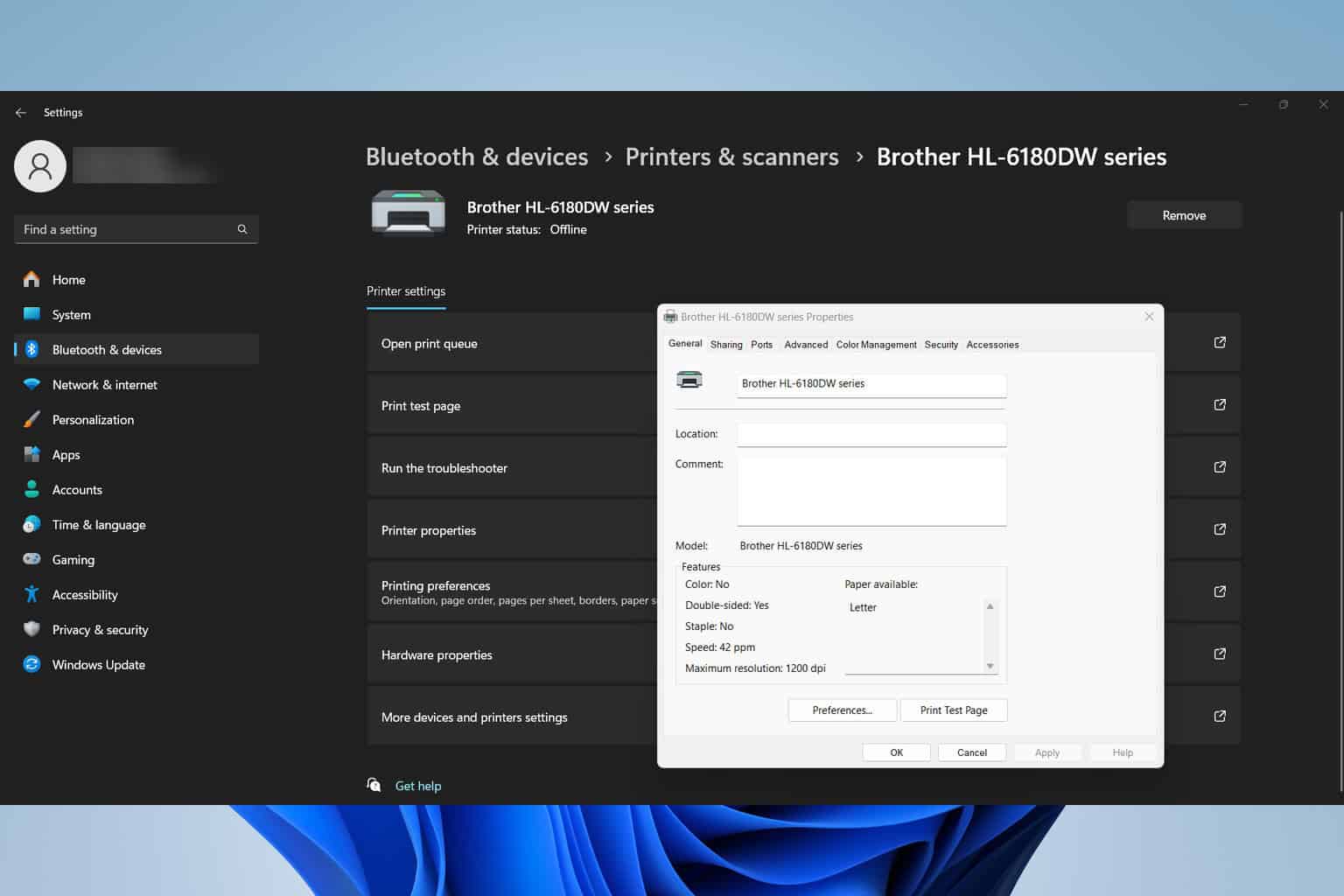Microsoft's strong cloud execution drives its first quarter results for 2016
3 min. read
Published on
Read our disclosure page to find out how can you help Windows Report sustain the editorial team Read more

Microsoft announced its first quarter earnings for fiscal year 2016 (ending September 30, 2015) today, and the results help paint a clear picture of the company’s future. As Windows licensing revenue declines, Surface sales stagnate, and the company’s smartphone phones continue a free fall, it’s the cloud that is helping Microsoft maintain its profits.
Microsoft reported first-quarter earnings of $4.6 billion on revenue of $20.4 billion. Unfortunately, Wall Street would have rather seen an increase up to 59 cents a share on revenue of $21.03 billion, Microsoft instead posted 57 cents a share on $20.4 billion due to a Windows 10 revenue deferral. Without the deferral, Microsoft’s Non-GAAP earnings were 67 cents a share on $21.66 billion.
But enough with the dollars and cents, here is the full breakdown of how Microsoft’s transition to the cloud is doing.
Revenue in Productivity and Business Processes declined 3% (up 4% in constant currency) to $6.3 billion, with the following business highlights:
- Office commercial products and cloud services revenue grew 5% in constant currency with Office 365 revenue growth of nearly 70% in constant currency and continued user growth across our productivity offerings
- Office 365 consumer subscribers increased to 18.2 million, with approximately 3 million subscribers added in the quarter
- Dynamics revenue grew 12% in constant currency, with the Dynamics CRM Online enterprise installed base growing more than 3x year-over-year
Revenue in Intelligent Cloud grew 8% (up 14% in constant currency) to $5.9 billion, with the following business highlights:
- Server products and cloud services revenue grew 13% in constant currency, with revenue from premium products and services growing double-digits
- Azure revenue and compute usage more than doubled year-over-year
- Enterprise Mobility customers more than doubled year-over-year to over 20,000, and the installed base grew nearly 6x year-over-year
Revenue in More Personal Computing declined 17% (down 13% in constant currency) to $9.4 billion, with the following business highlights:
- Windows OEM revenue declined 6%, performing better than the overall PC market, as the Windows 10 launch spurred PC ecosystem innovation and helped drive hardware mix toward premium devices
- Phone revenue declined 54% in constant currency reflecting our updated strategy
- Search advertising revenue excluding traffic acquisition costs grew 29% in constant currency with Bing US market share benefiting from Windows 10 usage
- Xbox Live monthly active users grew 28% to 39 million
It is clear for now that Microsoft’s reinvigorated push into business and cloud platforms sees gains, while its legacy of Windows, is becoming less of reliance for the company.
Keep it here as we continue to comb through the numbers to help get a better understanding of what can expect from Microsoft in the near future.








